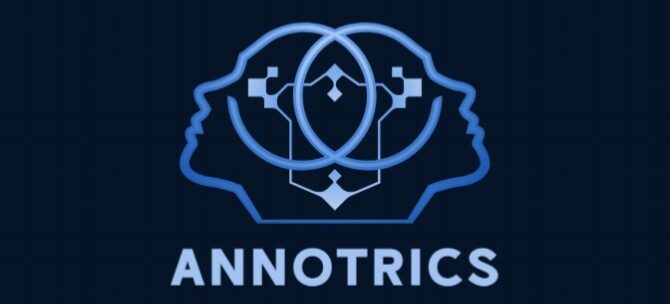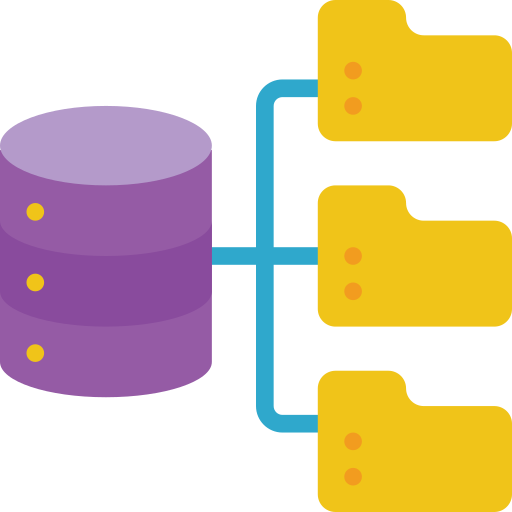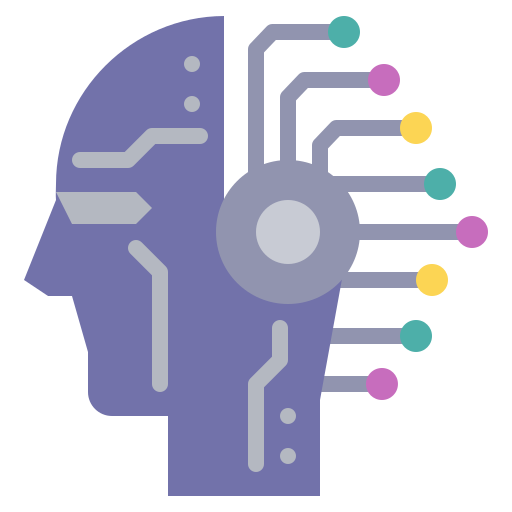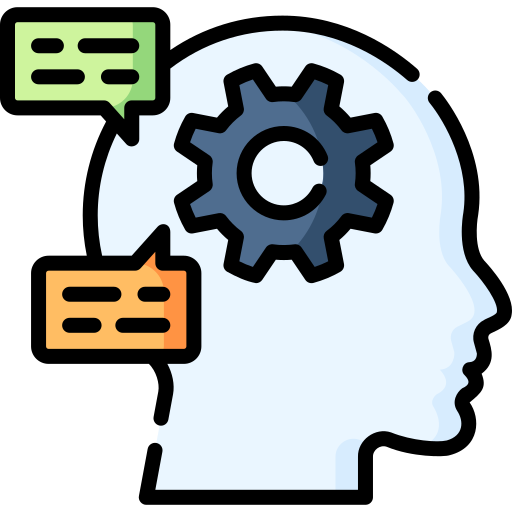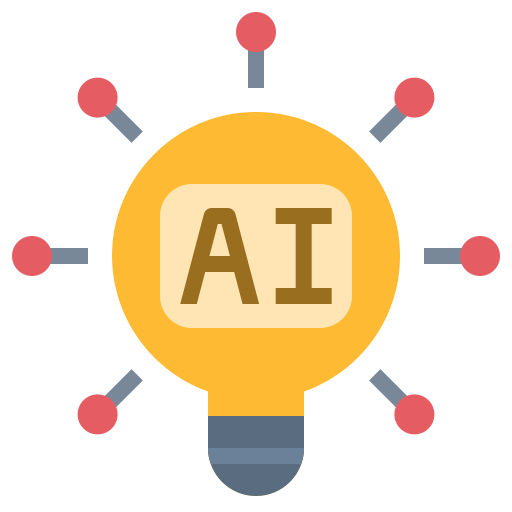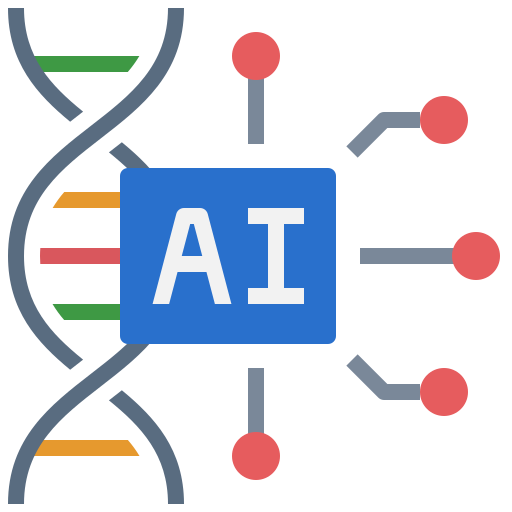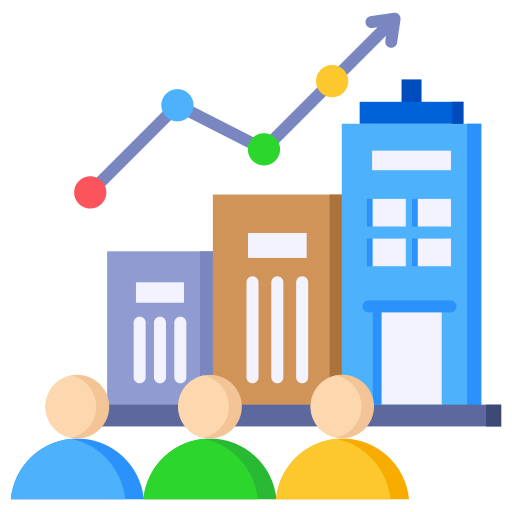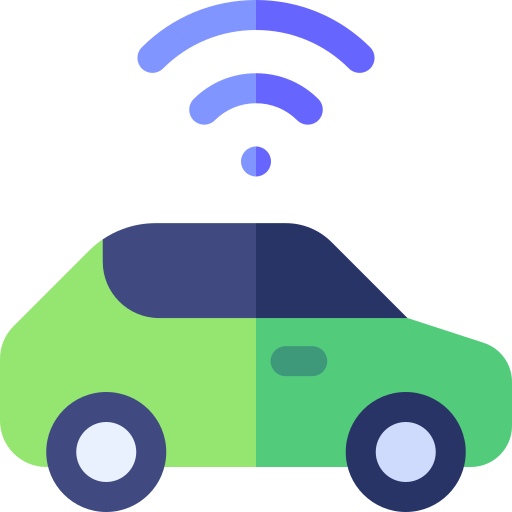Managed Model Generation
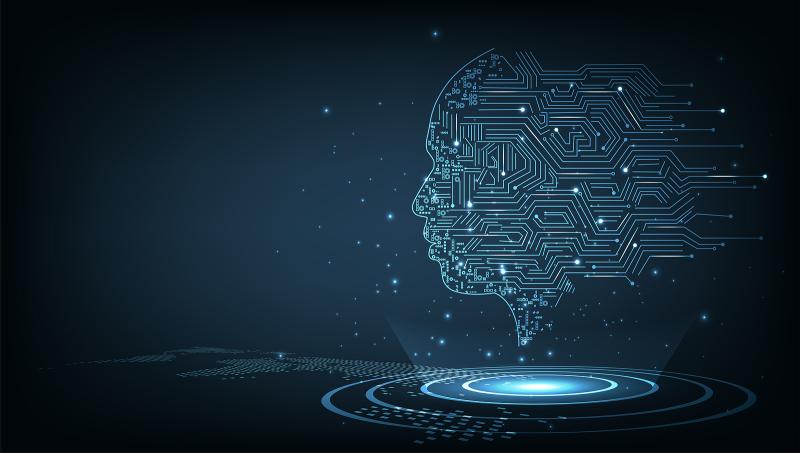
Crafting Intelligence with AI Model Generation
AI Model Generation is a groundbreaking initiative that, in turn, provides comprehensive consulting support throughout the AI model development lifecycle. This strategic approach, therefore, guarantees the creation of robust, scalable, and efficient AI solutions by offering thorough guidance and services. The primary objective, thus, is to deliver tailor-made consulting services encompassing all facets of AI model development, thereby empowering businesses with expert advice, strategic planning, and implementation support.
Steps involved in an Effective model generation
At Macgence AI, our model development services encompass an array of cutting-edge supervised learning techniques, ensuring the creation of powerful AI models tailored to your needs.

AI Consulting
Our team of subject matter experts, skilled in techniques like SVM and Decision Trees, collaborates closely with clients to craft tailored strategies that optimize business operations. We’re dedicated to driving innovation and boosting efficiency to enhance your success.

Solution Definition
We use techniques like Random Forest and Gradient Boosting to define project scopes aligned with your business goals, ensuring each phase is strategically planned and optimized for measurable results. This approach delivers tailored solutions that enhance efficiency and effectiveness.

Proof of Concept
Our team of subject matter experts, skilled in techniques like SVM and Decision Trees, collaborates closely with clients to craft tailored strategies that optimize business operations. We’re dedicated to driving innovation and boosting efficiency to enhance your success.

Development
Our developers use advanced techniques like Linear and Logistic Regression to craft scalable, tailored AI models that meet your unique needs. By enhancing predictive power, we enable data-driven decisions that align with your goals, driving operational efficiency and success.

Testing & Validation
We ensure model excellence with Naive Bayes, Ensemble Methods, and rigorous validation, guaranteeing accuracy and reliability. Ongoing evaluation and monitoring adapt models to real-world needs, delivering AI solutions with precision. models to real-world needs, delivering AI solutions.
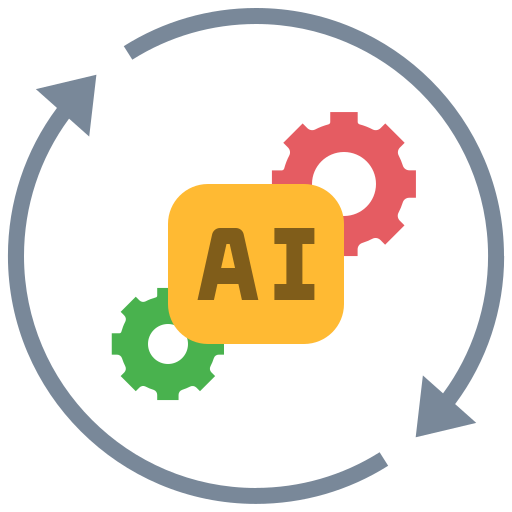
Complete Data Lifecycle
Macgence AI’s end-to-end approach covers data sourcing, labeling, and annotation using CNNs and RNNs for a highly efficient process. Our skilled team ensures seamless integration and high-quality outputs, delivering robust AI solutions that drive your business forward.
Enterprise AI

Enterprise AI - AI Integration for Enterprises
Enterprise AI Solutions, a category of enterprise software, uses advanced artificial intelligence techniques to boost digital transformation. Thus, in the dynamic landscape of modern business, this unique form of AI emerges as a key driver. It integrates modern technologies to enhance operational efficiency, decision-making processes, and overall business performance.
Architecture for Enterprise AI Solutions: The five-layer model

Infrastructure Layer
This layer is crucial in efficiently managing infrastructure across multiple service providers to ensure ample processing capacity for training models. The models, crafted collaboratively by cross-functional teams, cater to diverse business divisions. The infrastructure layer oversees critical aspects such as data storage, hosting cloud-based and on-premises applications, AI model development, and inference execution. Notably, it simplifies the intricacies present in both private and public cloud systems, enhancing overall operational efficiency. The primary users encompass teams involved in setting up and maintaining infrastructures sourced from various AI suppliers and Machine Learning (ML) operations teams. Their collective and collaborative efforts ensure seamless functionality and optimal performance.
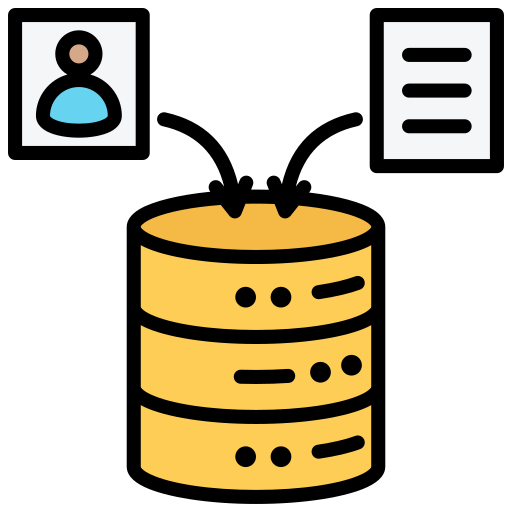
Data layer
Within agency AI, the statistics layer is the cornerstone of a business enterprise's infrastructure, overseeing comprehensive statistics control and governance. This layer is crucial for the finest operation of AI systems, as the quality, availability, and accessibility of statistics directly affect AI models' overall performance and reliability. A sturdy and well-maintained data layer forms the foundation for constructing precise, dependable, and ethical AI models within an enterprise and empowers organizations to leverage data assets efficiently. This facilitation plays a pivotal role in informed decision-making processes, contributing significantly to the overall success, efficiency, and ethical implementation of the enterprise's AI initiatives, fostering a sustainable and impactful AI ecosystem.

Service layer
The service layer in enterprise AI Solutions includes the implementation and delivery of AI capabilities as accessible services within an organization. This layer involves deploying AI models and applications to address specific business needs. The service layer ensures seamless integration of AI functionalities into existing business processes, allowing for efficient use across various departments. Additionally, it facilitates scalability, version control, and continuous monitoring of AI services, promoting adaptability to evolving requirements. Organizations can enhance operational efficiency, and promote cross-functional collaboration by using AI functionalities into deployable services. It helps realize the full potential of AI-driven solutions across diverse enterprise applications.

Model layer
The model layer in enterprise AI serves as the foundation for machine learning and predictive analytics applications. At this layer, organizations design, train, and deploy ML models specifically tailored to address distinct business challenges. In particular, it involves selecting appropriate algorithms, fine-tuning parameters, and optimizing models for accuracy and efficiency. Furthermore, the model layer plays a crucial role in translating data into actionable insights, enabling organizations to make informed decisions. Moreover, continuous monitoring and updating of models ensure adaptability to changing data patterns, thereby maintaining optimal performance over time. Consequently, the model layer significantly contributes to the overall success of enterprise AI Solutions initiatives.

Application layer
The application layer in enterprise AI represents the user-facing aspect where AI capabilities are seamlessly integrated into practical business solutions. In this layer, organizations focus on developing and deploying applications that leverage the valuable insights generated by AI models, thus enhancing decision-making processes. For example, these applications encompass customer relationship management, supply chain optimization, and risk assessment. Additionally, this layer provides a highly user-friendly interface, allowing users to interact with and benefit from the underlying AI functionalities effortlessly. As a result, the application layer maximizes the impactful utilization of AI technologies within the enterprise through intuitive interfaces and seamless integration.

Integration Layer
The integration layer in enterprise AI Solutions serves as the glue that harmonizes the architecture's various components, ensuring accessible communication and interoperability among the infrastructure, records, service, version, and alertness layers. Moreover, this layer streamlines the combination of multiple technologies, facilitating a cohesive ecosystem in which facts and insights seamlessly flow across the organization. By providing a unified framework for connecting different layers, the integration layer enables efficient collaboration, reduces silos, and enhances the overall agility of the enterprise AI system. Thus, its role is pivotal in creating a well-coordinated and adaptable infrastructure, allowing organizations to leverage the full potential of their AI capabilities.
Generative AI & LLM Augmentation
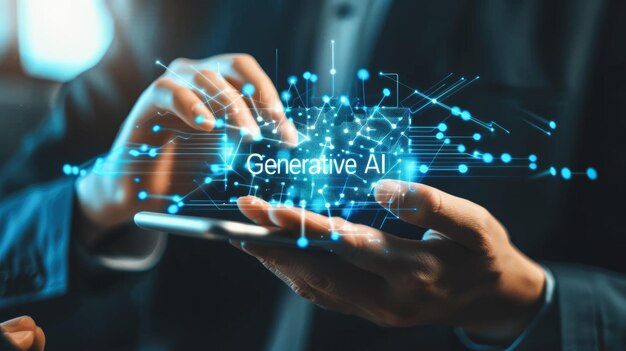
Enhancing Capabilities with Generative AI & LLM
Leveraging Language Models (LLMs) and Reinforcement Learning for Human Feedback (RLHF) significantly enhances use cases reliant on direct human interaction. Moreover, this integration is invaluable in refining AI systems and ensuring optimal performance through continuous learning from human insights and interactions. In particular, the combination of LLMs and RLHF proves particularly effective in scenarios where real-time, context-aware responses are crucial.
Benefits of Generative AI & LLM Augmentation
Conversational AI is transforming the way organizations interact with customers
with an endless number of benefits across all industries. The following are the
main benefits

Enhanced Performance
Elevate your AI capabilities through state-of-the-art language understanding and advanced learning techniques, thereby enhancing overall performance and adaptability.

Efficiency
Streamline workflows, reduce development time, and enhance learning by effectively leveraging human feedback.

Improved User Interaction
Deliver personalized and engaging experiences while providing more accurate responses.
Sensor Data Collection

Power of Precise Data with Sensor Data Collection
Sensor Data Collection is the foundation for every contemporary application that requires real-time data, whether it is industrial automation, IoT networks, or autonomous systems. As the use of sensor-based technologies increases, it is critical to be able to collect and evaluate data from a range of sensors. From sophisticated LiDAR and optical sensors to temperature sensors and motion detectors, every bit of data adds a layer of understanding that makes decisions more intelligent.
How Sensor Data Collection Works
The process of Sensor Data Collection involves gathering information from a variety of sensors, each designed to capture specific environmental or operational data. Once the data is collected, it’s processed and analyzed to derive actionable insights. Here’s how we break down the collection process:

Sensor Deployment
To gather the required data, sensors are placed strategically across pertinent surroundings. Depending on your particular application, sensors are positioned to deliver the most precise and pertinent data, whether they are on a car, in a factory, or throughout a smart city network.

Data Acquisition and Transmission
Every sensor gathers raw data, such as temperature measurements, motion detection, or atmospheric conditions, and sends it to a central system. For instant access, data is frequently sent wirelessly across Internet of Things networks or directly to cloud-based systems.

Data Processing and Integration
Following collecting, the unprocessed data is cleaned, filtered, and combined with information from other sources. Deeper insights into the behavior and performance of the system are then obtained by extracting significant patterns and trends using sophisticated algorithms and machine learning models.

Data Storage and Analysis
After processing, the information is kept safe in databases for further use, examination, and reporting. Businesses may use advanced analytics technologies to get insights that help them forecast future trends, enhance system designs, and influence operational plans.

Actionable Insights and Automation
When companies have access to meaningful data, they may make operational changes or automate replies. Sensor Data Collection makes sure that the appropriate information reaches the relevant decision-makers at the right time, whether it be for enhancing system performance or modifying environmental controls.
Autonomous Vehicle

Drive the Future with Autonomous Mobility
The amazing invention of driverless cars, which combine cutting-edge technology with snap decisions, is at the core of revolutionizing how we travel. Developing dependable, effective, and user-friendly solutions is the main goal as self-driving technologies continue to advance. Every component, from smooth autonomous navigation to real-time environmental monitoring, works together to make transportation safer and more intelligent.
Importance of Autonomous Vehicles(ADAS)

Reducing Road Fatalities
ADAS is crucial for improving safety since human error is the primary cause of 94% of traffic accidents. Actively preventing collisions and lowering deaths are features like pedestrian recognition and automated emergency braking. Around the world, these devices save lives on the highways by stepping in at crucial times. Addressing the rising number of traffic accidents requires the use of ADAS technologies.

Enhancing Driver Awareness
ADAS includes driver monitoring systems that detect drowsiness, distraction, and gaze patterns. These features provide real-time alerts, ensuring drivers stay focused and responsive. By preventing lapses in attention, ADAS minimizes the risk of accidents caused by fatigue or inattention. This constant support helps maintain driver vigilance in various conditions.

Minimizing Human Error
Technologies like surround view and parking assist reduce the likelihood of human mistakes during driving. These systems provide precise guidance, especially in challenging or tight situations. Automated functions help drivers navigate safely and confidently, preventing collisions. By compensating for human limitations, ADAS ensures greater road safety.

Supporting Safer Urban Mobility
Urban environments pose unique challenges, such as dense traffic and high pedestrian activity. ADAS applications like pedestrian detection and parking assist help drivers manage these complexities. These systems reduce risks for vulnerable road users and improve traffic flow. Safer urban mobility becomes possible with the integration of ADAS technologies.

Preventing Environmental and Mechanical Risks
ADAS systems also mitigate risks caused by external factors like adverse weather or vehicle malfunctions. Advanced sensors and real-time data provide crucial insights to drivers, enabling safer decisions. These technologies ensure that drivers can adapt to changing road conditions effectively. By addressing non-human causes of accidents, ADAS offers comprehensive safety.

Paving the Way for Autonomous Vehicles
ADAS bridges the gap between automatic and manual systems and is the cornerstone of completely autonomous driving. It increases confidence and trust by acquainting drivers with cutting-edge technologies. The groundwork for future advancements is laid by features like emergency braking and adaptive cruise control. A safer and more intelligent transportation ecology is getting closer as ADAS develops.
